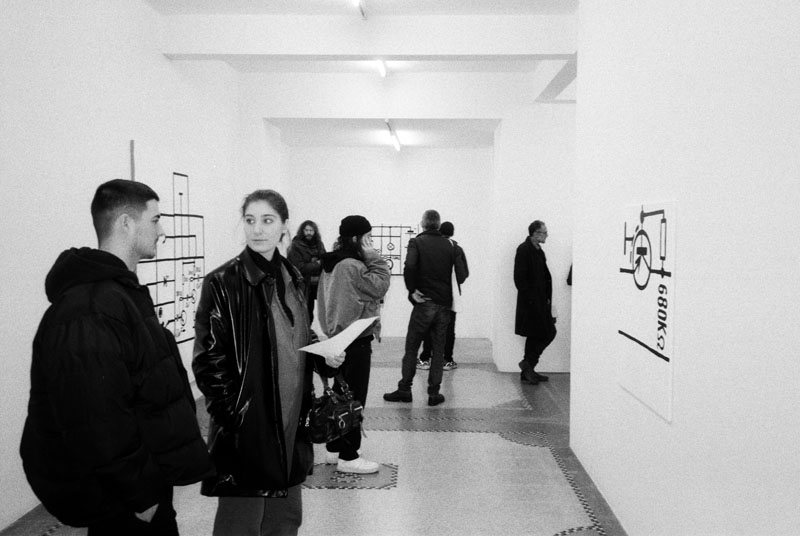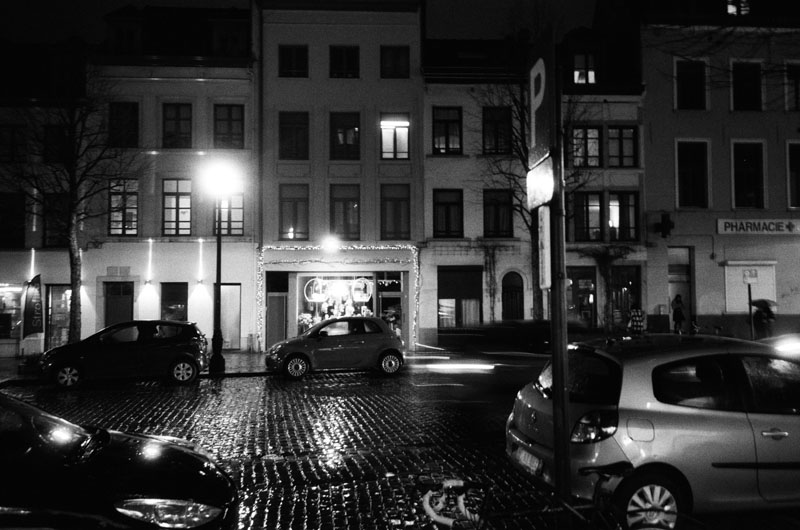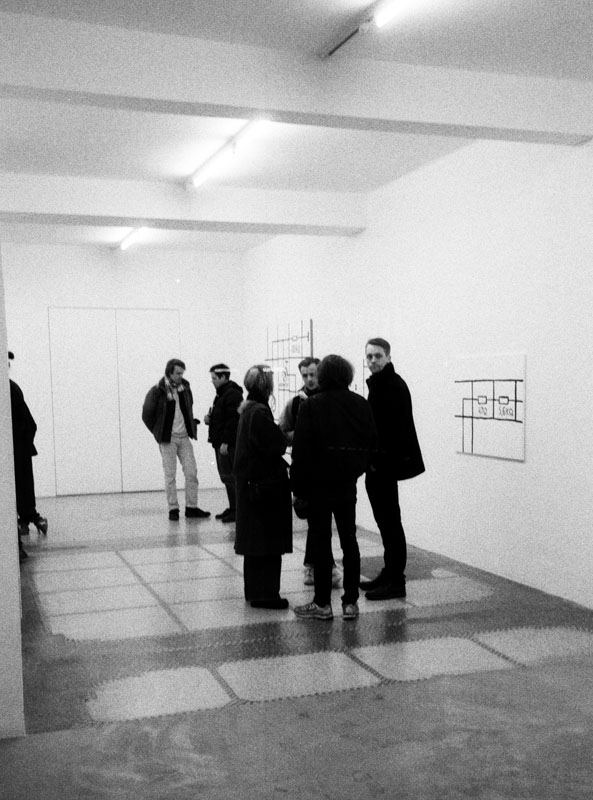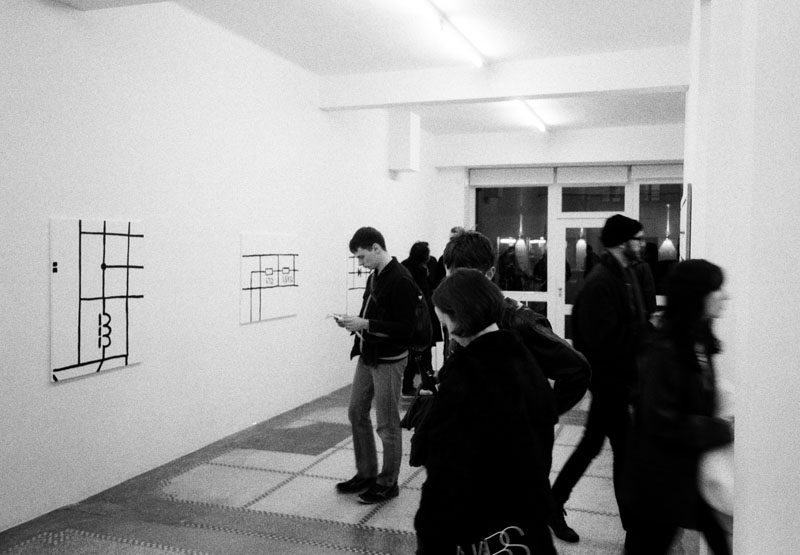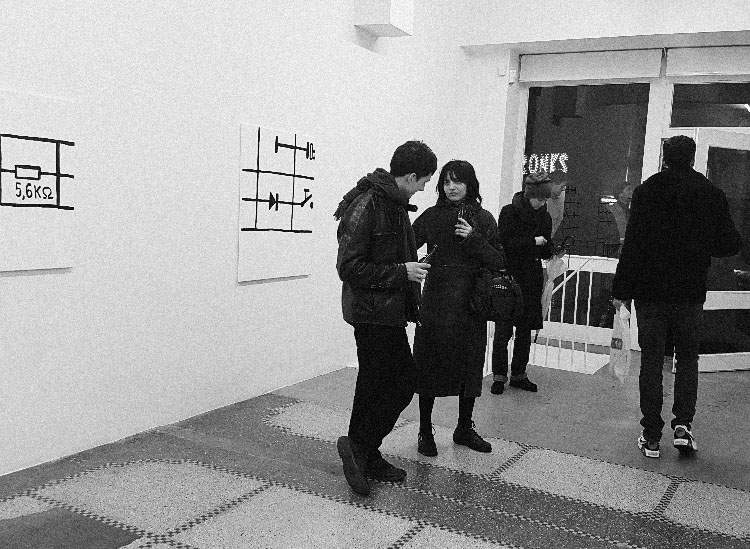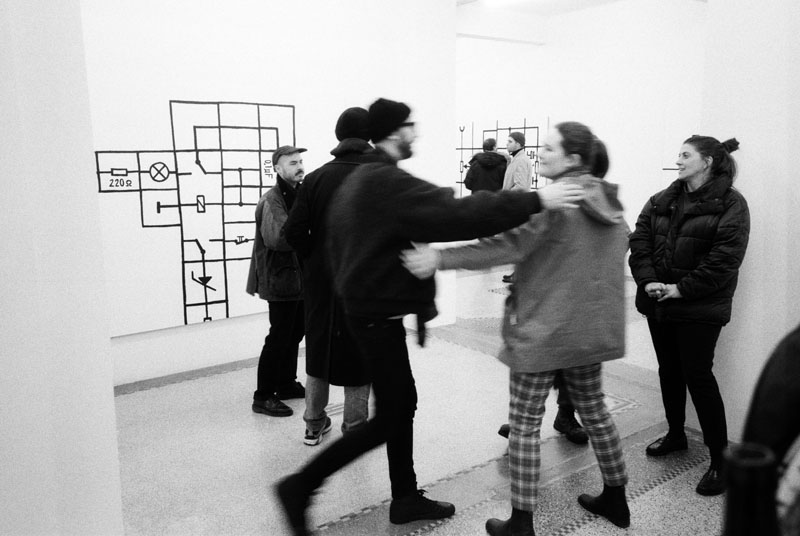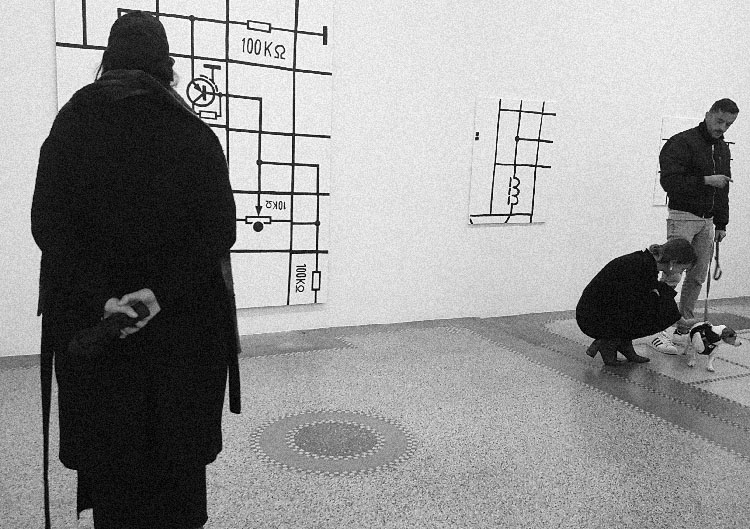| Circuits
a simple, neutral press release
I finished the works a year ago in Berlin. These are not diagrams of social relations but paintings of the impossibility of such a diagrammatic depiction. They stay on the surface.
In these paintings I wanted to present a graphic of a financial circuit, that is, a circuit of accumulation of capital. Things like sickening political shocks or rising temperatures might happen outside such a "value" circuit. But I propose that such externalities are both caused by the capitalist circuit, and also feed back in, albeit not directly. Populism, for example, tries to rise off the surface of the neo-liberal norm and take an aerial view. This is an illusion, it actually functions as a forcing agent: an effect that comes from beyond and suddenly wangles its way onto the main circuit board, via a transformer-like proximity or a short circuit. For example the working class suddenly agrees to worse conditions under the threat of something worse still. And surveillance is OK if it protects you against... something? What you hated yesterday gets welcomed in. Such an "outside" view, which could equally be another authoritarian movement, or a cult, or culture, falls like a shadow back onto the flat circuit, changing its arrangement.
These effects are symptoms. The crazed profit system produces symptomatic side-effects which appear to have nothing to do with it, which become bandwagons to be jumped on. These reactions against the system become the turbo drivers of it. The symptomatic effects of capital are fed back in behind the backs of what is intended and further intensify the whole. Externalities perform inner functions, they can bully the flagging cycle into a reboot.
Capital is a circuit of a contradictory nature; a surface level of inputs and outputs, but affected by a symptomatic penumbra, which explodes, enabling the primary "inner configuration" of labour value, which underlies it, to keep soldiering on. But the strange thing about the uncanny world we inhabit is that you cannot ever see the inner "real" configuration. You can only see it through the surface relations. The typical response seems to be to go bonkers and try and leave the economic behind. Unluckily this does not produce the intended effects, but further counter-effects that can be used to discipline us in moments of crisis.
Even the "reality" of labour is an abstraction, a mediation. You can't "get to it", it can't even get to itself. But it is precisely in the effects of labour in cramped and perverted average profit rates that the true picture emerges. As Moishe Postone put it: "...social forms expressed by categories such as the commodity and value do not simply disguise the 'real' social relations of capitalism... rather the abstract structures expressed by those categories are those 'real' social relations." These structures are "...necessary forms of appearance of an 'essence' they both express and veil."
Because of the necessity of examining such abstractions, oddly, a symptomatic reading of the circuit is actually useful. Far from being a symptom-like anger volcano that makes things worse, such a psychoanalytic reading would stay on the level of the business cycle, noticing the effects that pop onto the circuit board; attending to both the apparent levels and inner level of organisation and their sick interactions. It is possible to embrace an understanding of the symptom to sufficiently grasp the hidden real - the one we are hidden in ourselves - in order to read the circuit within the circuit. The obscured view is the unobscured view.
Merlin Carpenter, Brussels, March 5, 2020 |
|


